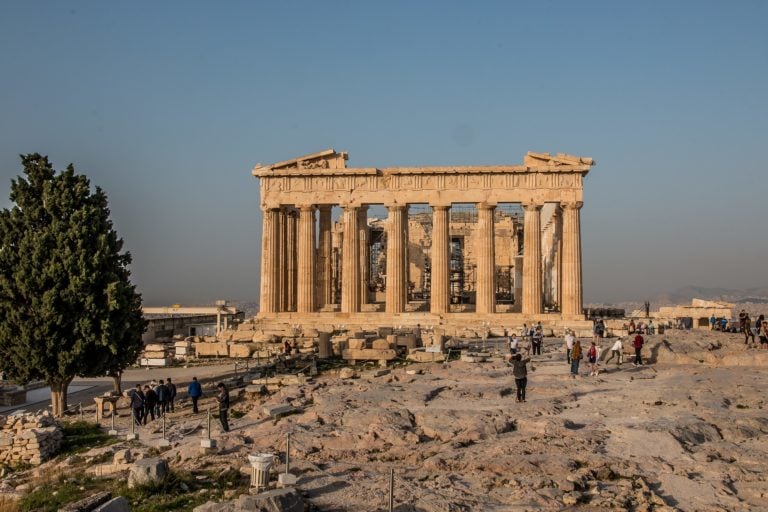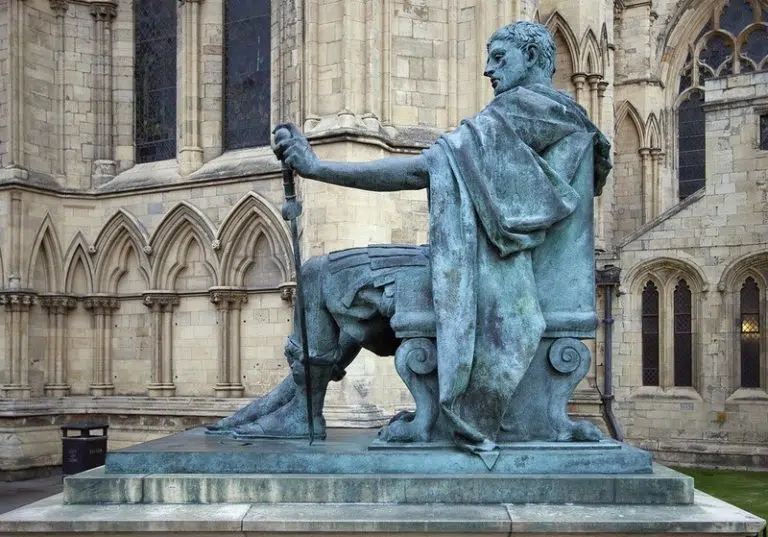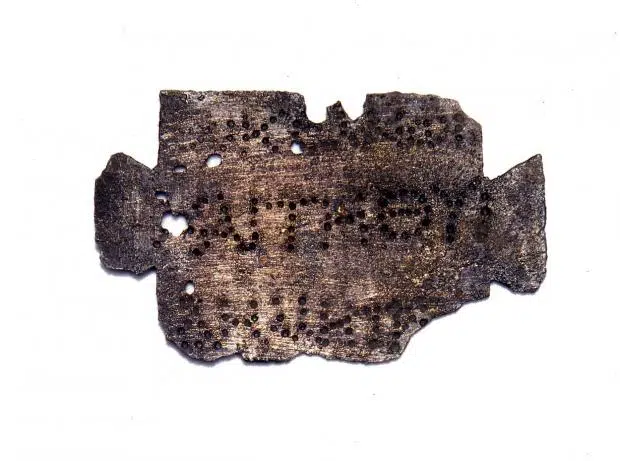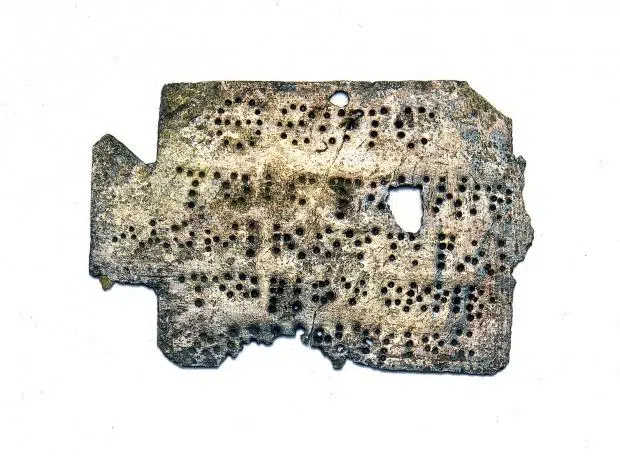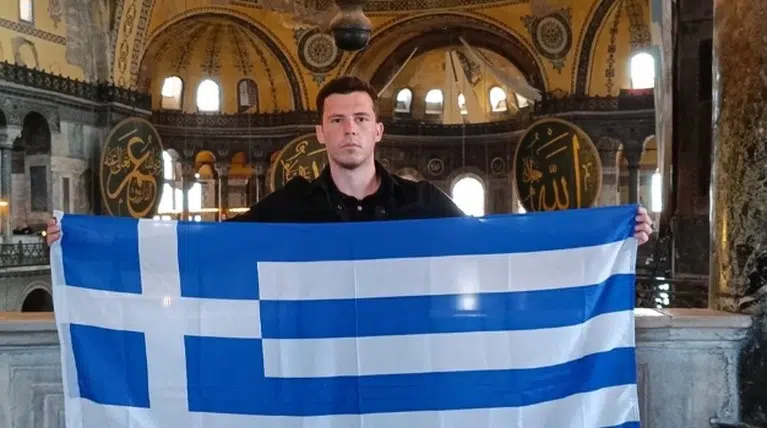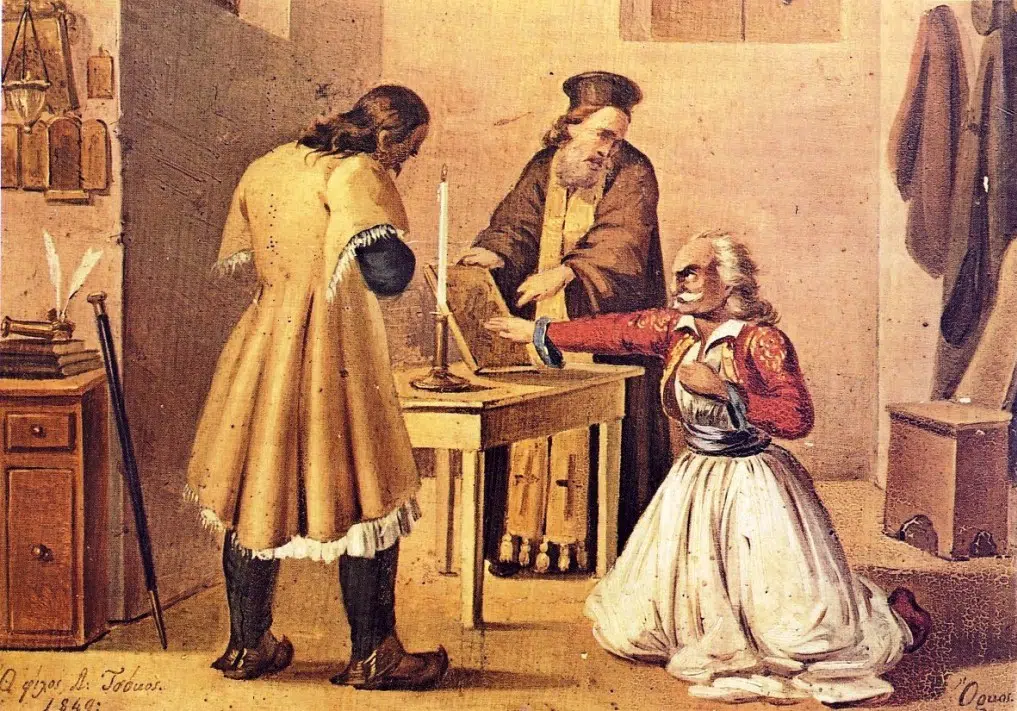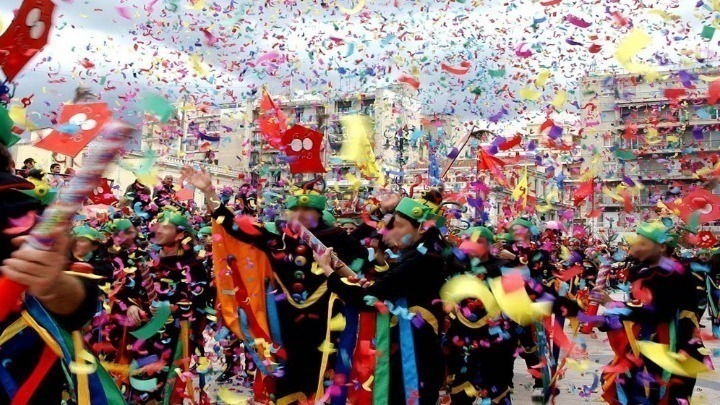
In 480 BC, Persian forces led by King Xerxes I burned down the city of Athens, as well as the Acropolis, in what is called “the Persian Destruction of Athens.”
The destruction of the great city took place during the Persian Wars, a series of conflicts which began in 499 BC and lasted until 449 BC.
Amidst the clashes during the fifty-year war, there was an interbellum period from 490 to 480 during which both sides accumulated forces and began plotting their next moves.
One of the key battles which took place after this interbellum period was the famed Battle of Thermopylae in which the vastly outnumbered Spartan forces fought and eventually fell to the massive Persian army in the summer of 480 BC.
After defeating the Spartans at Thermopylae, Xerxes and his army had a clear path to invading Attica by way of Boeotia.
Sensing the coming invasion, Athenian citizens were evacuated to the nearby island of Salamis, which is located just off the coast of the city in the Saronic Gulf.
Acropolis home to archaic temples, sculptures before the Persians burned Athens
When the Persians entered Athens, they were instructed to burn and destroy the city, which included all of the archaic structures on the Acropolis.
As the ancient Greek historian Herodotus described, some Athenians decided to stay behind in the city, hoping to protect their sacred temples, and were killed.
“Those Persians who had come up first betook themselves to the gates, which they opened, and slew the suppliants,” said Herodotus, “and when they had laid all the Athenians low, they plundered the temple and burnt the whole of the acropolis.”
At the time of the invasion, the Acropolis was home to two magnificent temples, the Hecatompedon, named for its massive size of one hundred feet in length (its feet were called “podes”), and a smaller ancient temple dedicated to Athena Polias.
The Hecatompedon, which stood in the same place where the Parthenon stands today, was built out of limestone around 550 BC.
It was adorned with pediment sculptures that featured lions eating a bull, Hercules slaying the Triton, a mysterious three-bodied, three-headed creature whose identity still inspires controversy amongst art historians and archaeologists to this day. The surviving fragments of these sculptures are housed in the Acropolis Museum in Athens.
The smaller temple was built alongside the Hecatompedon around 520 BC, and its pedimentary sculptures depicted the “Gigantomachy,” or the battle between the giants and the Olympian gods.
While scholars know about the existence of these structures and their sculptural elements due both to descriptions of the sites before the invasion in ancient sources, they also owe much to the ancient Athenians themselves.
When they returned to their city after it was pillaged, the Athenians first went to the Acropolis, the holiest site in the city, to help preserve what remained of the holy temples.
What they found there was complete destruction. The invading forces had burned, looted, and vandalized the temples.
In a religious ceremony, the Athenians dug out deep holes on the Acropolis and filled them with whatever survived the Persian invasion, namely whatever was considered desecrated—thus allowing archaeologists to uncover these remnants centuries later.
The first person to excavate these buried masterpieces was French archaeologist Charles Ernest Beule, who worked on the site from 1863 to 1866.
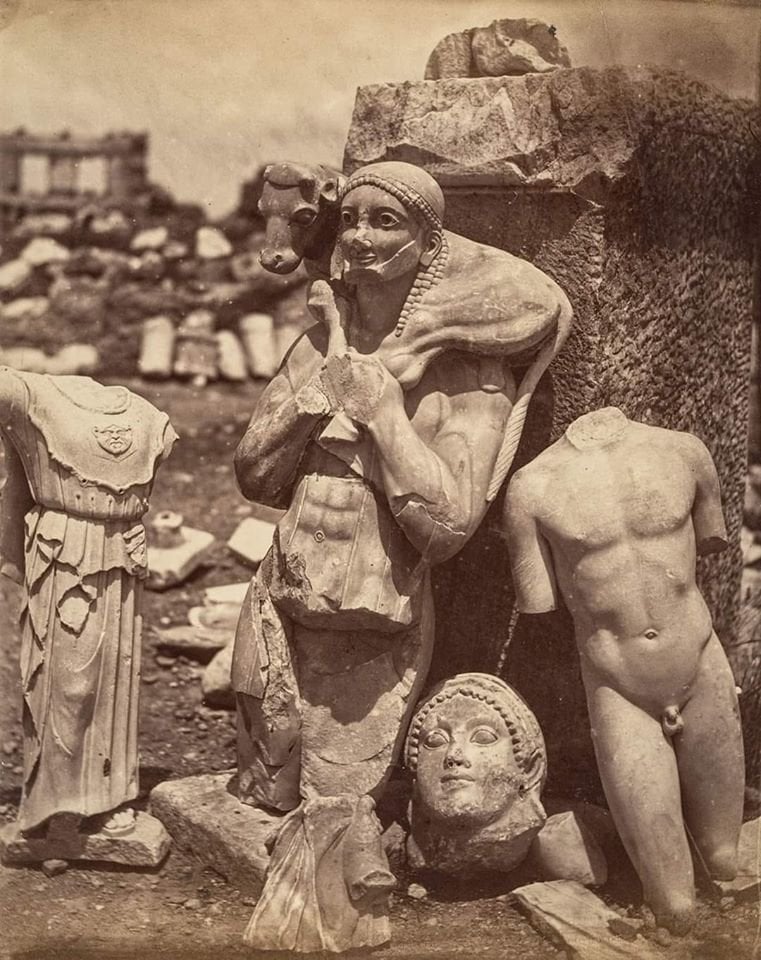
Archaeologists uncovered treasures in pits dug after Acropolis and Athens burned during Persian invasion
Greek archaeologist Panagiotis Kavvadias, with the assistance of architects Wilhelm Dörpfeld and Georg Kawerau, discovered some of the most famous archaic and early classical Greek sculptures in history—the Kritios Boy, the Calf Bearer, and the Angelitos Athena—amongst the items buried on the Acropolis during excavations conducted from 1885 to 1890.
German archaeologists also uncovered countless masterpieces in these incredible holes filled with ancient artifacts. The finds were so abundant that the Germans coined all the sculptures, architectural fragments, and other objects found on the Acropolis “Perserschutt,” or “Persian debris.”
Archaeologists were able to determine that the artifacts found in the holes were likely placed there in the wake of the Persian destruction of the city, as there were clear signs that they had been burned and struck forcefully.
In addition to destroying and damaging countless sculptures, the Persian forces also took some masterworks back with them. Xerxes himself is said to have taken back a bronze sculpture of the “Tyrant Slayers,” Harmodius and Aristogeiton, and displayed it in the city of Susa.
When Alexander the Great invaded the city two hundred years later, he was able to bring back the bronze statue to Greece.
After the city was burned, the Persian forces faced a stunning loss in the Battle of Salamis, and much of the army retreated back to Persia. The only forces that stayed in Greece were under the control of Mardonius, who left Attica and camped out with his troops in northern Greece.
Thus, the Athenians were able to safely return to their city, which is when they buried the desecrated items on the Acropolis and began to plan the reconstruction of their city.
This relative peace did not last long, however, as Mardonius commenced a second invasion of the city in 479 BC after a peace deal between the Greeks and the Persians fell through.
Once again, Athenians evacuated the city, and the Persians completely demolished anything they had managed to rebuild and whatever survived the first destruction of the city.
Herodotus describes massive destruction in the wake of the second invasion, writing that Mardonius “burnt Athens, and utterly overthrew and demolished whatever wall or house or temple was left standing.”
After the Greeks won the Battle of Plataea later that year, they were able to move back to Athens and begin rebuilding the city once again under the guidance of Themistocles.
The great Athenian leader used the remnants of the Hectompedon and the temple to Athena to build the North Wall of the Acropolis, and spolia, or pieces of other older structures, were also used to build the famous Themistoclean Wall, which surrounded ancient Athens.
The Parthenon that stands on the Acropolis to this day was built decades later in 438 BC under the leadership of Pericles.
Alexander the Great burned down palace of Persepolis in retaliation
The Persians were not the only ancient forces to burn down important sites during war. In fact, Greek forces under Alexander the Great razed the palace of Persepolis in 330 BC while conquering the Middle East.
According to ancient historians, such as Plutarch, Arrian of Nicodema, and Diodorus Siculus, the magnificent palace of Persepolis was burned as retribution for the Persian destruction of Athens over a century earlier.
They describe a scene in which Alexander burned the site after drinking and reveling with his troops and his courtesan Thaïs, who traveled with him throughout Asia.
In many sources, Thaïs seems to push Alexander to do it, and Diodorus even claims she was one of the first to set the fire. He wrote:
Thaïs the courtesan was leading the whole performance. She was the first, after the king, to hurl her blazing torch into the palace. As the others all did the same, immediately the entire palace area was consumed, so great was the conflagration…
It was remarkable that the impious act of Xerxes, king of the Persians, against the acropolis at Athens should have been repaid in kind after many years by one woman, a citizen of the land which had suffered it, and in sport.
According to Diodorus, one of Alexander’s generals Parmenion had previously advised his ruler not to burn the palace but to preserve it, as it was not truly his property to destroy. He also believed that it would give the Persians the idea that Alexander was an unjust conqueror.



